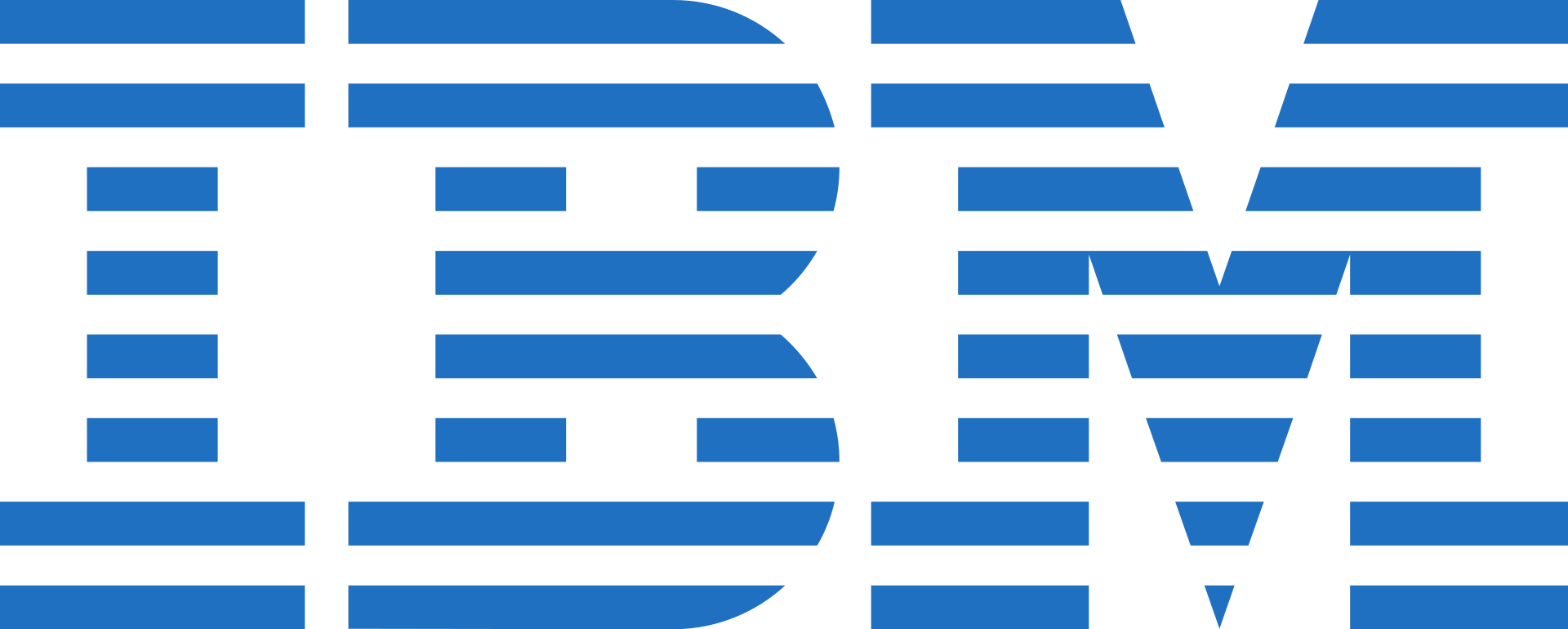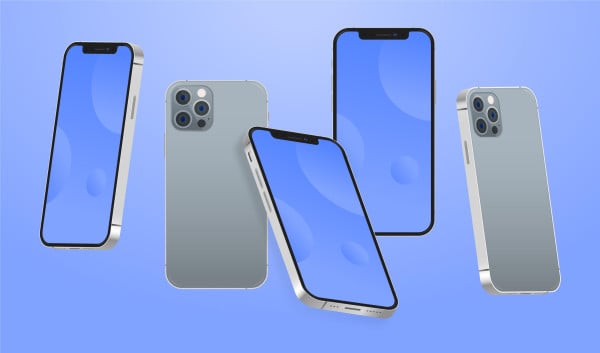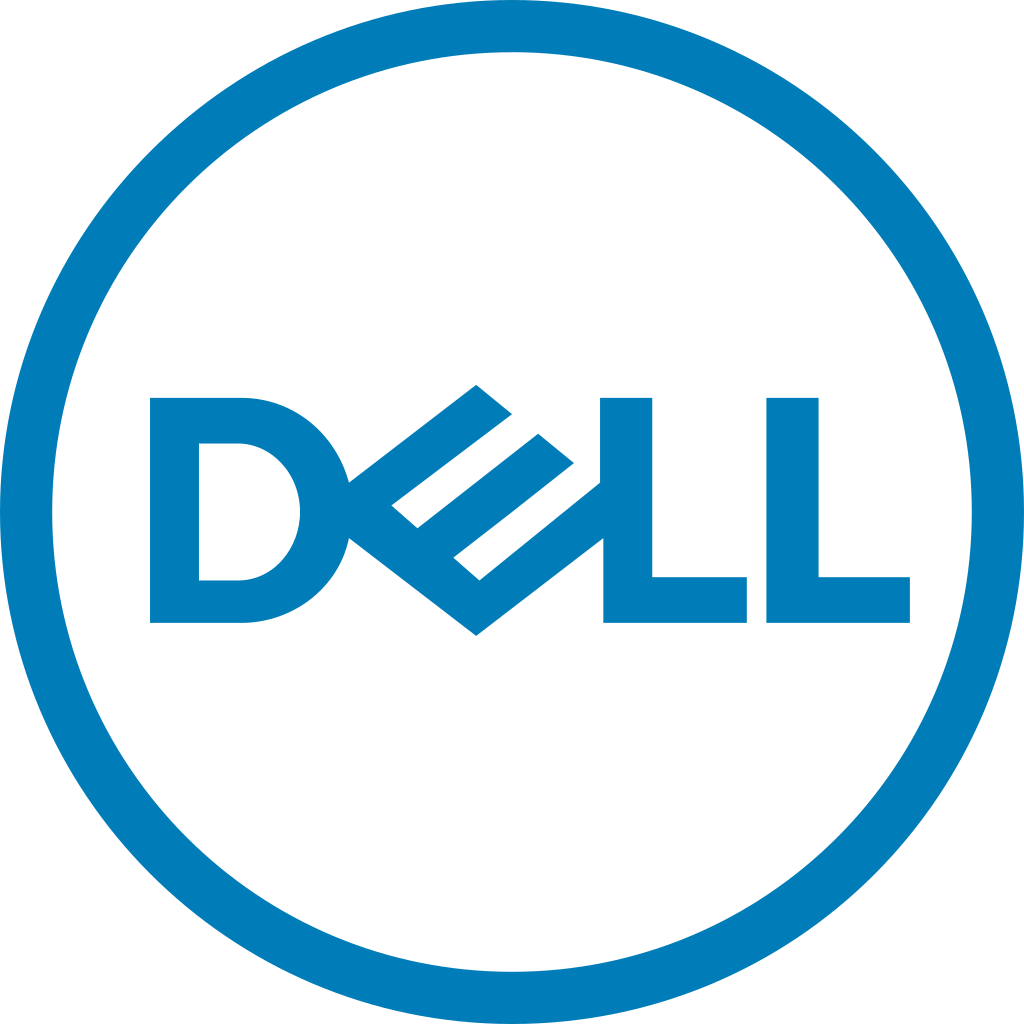Top 5 Marketing Case Studies from Fortune 500 Companies to Inspire Your Marketing Initiatives
Introduction
The era of the consumer is here—and it's here to stay. It has somehow made brands worldwide revisit their roots and adjust to the changing marketing ecosystem. Product-centric strategies have a limited scope; brands today go the extra mile to reach their target audience innovatively. Let's find out how.
Case Study 1: Intel

Intel, one of the most popular technology brands worldwide, ranks 7th on the Fortune 500 list. With their marketing strategies, it's no wonder that the organization enjoys massive customer loyalty.
Intel was already a trusted technology partner for many computer manufacturers. However, they wished to establish a positive brand image in the business world and the public eye.
They began by strategically leveraging co-op advertisement campaigns targeted toward OEMs (Original Equipment Manufacturers). It helped them put their products into mass-produced PCs, ultimately meant for the public.
The arrangement was simple: Intel agreed to pay for their OEM partners’ advertising as long as they got to stick their logo on OEM products. Do you remember your first PC with an “Intel Inside” sticker on the CPU?
This “Intel Inside” campaign was a stellar success, not just figuratively. There are numbers to prove it. In 1991, before the campaign began, Intel stood at a market capitalization value of about $1 billion. After implementing this strategy, their market cap rose to $5 billion by 2003.
Since then, the phrase “Intel Inside” has been associated with reliability and is proving to be a tough climb for Intel’s competitors like AMD. 1 .
The Takeaway: Partnerships can be fashioned into marketing for brand awareness and trust.
Case Study 2: IBM

IBM—the “Big Blue”—is ranked 5th on the Fortune 500 today, and very understandably so. IBM adopts a long-term, defensive marketing strategy that focuses on self-improvement and has its customers waiting for new launches eagerly.
IBM’s defensive marketing tactic is “Self-attack.” Whenever the brand is about to develop a new product, its advertising campaigns attack its products and call them obsolete. It helps showcase IBM as a constant, consistent innovator that launches improved technologies and services that are cheaper and better than its previous versions. However, that's not all.
IBM also leverages a second key marketing strategy focusing on product differentiation and value delivery. It advertises its specific products based on target consumers’ needs by leveraging a user-benefit-based positioning through its value distribution chain. It achieves this by investing millions in acquiring a high-performing, world-leading sales team to run the show2 .
The Takeaway: Marketing should showcase the innovative value of a product to the customers who need it and use it.
Case Study 3: Microsoft

Microsoft ranks 14th on the Fortune 500 list. This brand’s marketing strategies are unique and resonate well with its vision, making them more effective.
Microsoft positions itself as a business enabler by constantly providing functionality and variety in its products and services; all targeted toward making business easy. Its marketing strategies draw heavily from corporate cultures and are dynamic according to trends.
Microsoft leverages the GD&I (Global Diversity and Inclusion) to inform its marketing strategies to advertise its products in a community and business-friendly light.

This marketing strategy stands on three core pillars:
- Representation
- Addition
- Invention
Microsoft embodies 'representation' by bringing into its employ the best talents from around the globe, regardless of the societal constructs they hail from. Furthering this marketing strategy, the brand focuses on 'addition' by upskilling and training its workforce to innovate and lead.
Microsoft, as a technology brand, showcases the third pillar, 'invention,' by constantly striving to produce products that improve a business by recognizing the needs of both the business and society3 .
The Takeaway: Marketing strategies must evolve with time and communities—there must be a resonation between a brand and the people.
Case Study 4: Apple

Apple ranks 1st on the Fortune 500 list, and the way it markets itself has an immense bearing on making it the most successful company in the world.
Apple keeps it simple: create a revolution of people who believe in something, and deliver products that ride that wave. This strategy has stood the test of time and helped Apple rise to the top.
Think of it like this: which gadgets do people line up for overnight before the morning of its launch? The iPad, the latest iPhone, and Air Pods are the names that come to mind—all Apple.
By focusing its marketing campaigns on integrating its products into people’s daily lives, Apple simplifies how the public views these products. To enhance the inherent value—the “You-can’t-live-with-out-this-iPhone” factor—Apple leverages the power of forming communities.

You may have noticed how Apple has created a “tribe” of Apple users. The brand has achieved this by packing high-quality standards under the hood with each device it launches and advertising how this quality factor brings people together.
Of late, and in line with the renouncement of third-party cookies, Apple has leveraged the privacy revolution for marketing and further solidified its position in people’s hearts4 .
The Takeaway: Build your strategies and products on what the people want to believe in.
Case Study 5: Dell

Dell ranks 31 on the Fortune 500 list of technology companies. The marketing strategy Dell adopt derives keenly from its founding father—Michael Dell’s—reasons for establishing the business.
Dell started with $1,000 in capital, aiming to eliminate the intermediaries involved in selling custom computers to the public. It then extended this vision into its brand ethos that focused on eliminating unnecessary steps, which it also adopted for its marketing strategies.

Under this 'direct model' of business and marketing, Dell exclusively paid attention to its consumers and fostered an uninterrupted relationship with them over the years. They removed retailers and resellers from the equation, giving them a first-hand understanding of consumer needs. Thus, they could act on this consumer insight and deliver relevant products directly to the buyers.
By building the company on the direct model alone, Michael Dell was able to grow his company five times faster than the industry average5 .
The Takeaway: There is no guesswork in marketing: you either know what your consumers need or don't know.
Lessons Learned

- Partnerships can be fashioned into marketing for brand awareness and trust. The case study showcases how Intel leveraged partnerships with computer manufacturers to promote its microprocessors, which helped create brand recognition and consumer trust.
- Marketing should showcase the innovative value of a product to the customers who need it and use it: IBM’s defensive marketing strategy of self-attack and focus on product differentiation, and value delivery helped position the brand as a consistent innovator that launches improved technologies and services.
- Marketing strategies must evolve with time and communities. There must be a resonation between a brand and the people: Microsoft’s focus on Global Diversity and Inclusion (GD&I) and its three core pillars of representation, addition, and invention helped the brand resonate with its target audience.
- Build your strategies and products on what the people want to believe in: Apple’s focus on creating a revolution of people who believe in something and delivering products that ride that wave has helped the brand stay on top.
- There is no guesswork in marketing: you either know what your consumers need or don't know: Dell’s direct model of business and marketing, which eliminated intermediaries and gave the brand a first-hand understanding of consumer needs, helped the company grow five times faster than the industry average.
Personalization is one approach to tackle the problem of product-centric marketing and leverage the power of customer customer-centric marketing. The website personalized messaging system we have can help you create a unique personalized experience on your website. You can read more about it on our martech personalization blog.
Wrapping Up
Marketing strategies aren't complex—surprisingly, they draw from the simplest concepts. What do your consumers want? Can your brand reach them where they are?
These technology companies have become leaders in their respective industries by adopting innovative marketing strategies. From direct-to-consumer models to community-building campaigns, their approaches have allowed them to connect with customers and build lasting relationships based on trust and value.
Attempt to understand your ideal consumer and fashion a simple campaign that strikes the right chord. You can take inspiration from the five fortune 500 companies listed above. Ready to create your successful marketing campaign? Let our team of experts guide you! Contact us today, and let's work together to achieve your marketing goals.
If you are a Small and Medium Business (SMB) looking for examples from the Fortune 500 companies marketing strategies, checkout 7 Marketing Strategies SMBs Can Borrow from Fortune 500 Companies



